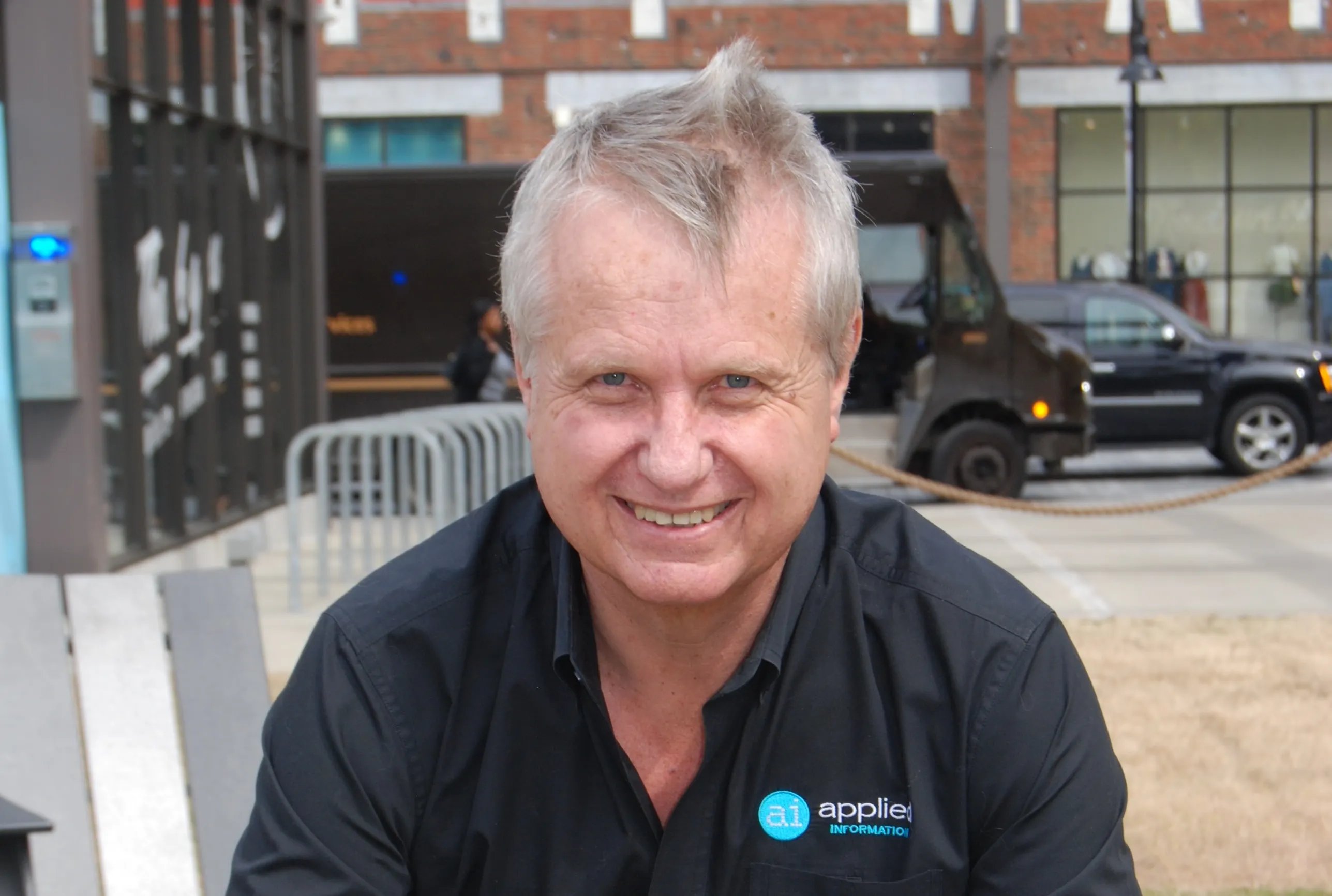The Florida Department of Transportation (FDOT) Traffic Engineering Research Laboratory (TERL) has approved Image Sensing Systems’ RTMS Sx-300 radar detector, which was evaluated against the extensive requirements of FDOT specification 660.
The non-intrusive, radar-based RTMS Sx-300 is a small roadside pole-mounted radar sensor for the detection and measurement of traffic, operating in the microwave band. It simultaneously provides per-lane presence, volume, occupancy, speed and classification informati
November 3, 2015
Read time: 1 min
The 4503 Florida Department of Transportation (FDOT) Traffic Engineering Research Laboratory (TERL) has approved 6626 Image Sensing Systems’ RTMS Sx-300 radar detector, which was evaluated against the extensive requirements of FDOT specification 660.
The non-intrusive, radar-based RTMS Sx-300 is a small roadside pole-mounted radar sensor for the detection and measurement of traffic, operating in the microwave band. It simultaneously provides per-lane presence, volume, occupancy, speed and classification information in up to 12 user-defined detection zones.
The product is listed under certification number 660-020-006 on Florida’s Approved Product List (APL).
“We are pleased to share this report with our partners and customers to help support the commitment we’ve had to engineering reliable and quality products for the transportation industry,” said Mike Ouellette, vice president of radar sales in North America.
The non-intrusive, radar-based RTMS Sx-300 is a small roadside pole-mounted radar sensor for the detection and measurement of traffic, operating in the microwave band. It simultaneously provides per-lane presence, volume, occupancy, speed and classification information in up to 12 user-defined detection zones.
The product is listed under certification number 660-020-006 on Florida’s Approved Product List (APL).
“We are pleased to share this report with our partners and customers to help support the commitment we’ve had to engineering reliable and quality products for the transportation industry,” said Mike Ouellette, vice president of radar sales in North America.








